Handbook of Natural Gas Technology and Business
Synopsis
This "Handbook of Natural Gas Technology and Business" is a comprehensive work covering almost all the facets of technology and business issue regarding natural gas which is playing a stellar role in meeting the world's energy needs. It looks into a series of important economic, political and technological factors, inter alia, the growing global demand for energy, the ongoing regulation of gas and electricity markets, a preference for natural gas as the cleanest of all hydrocarbons, and the decline in the cost of producing and shipping Liquefied Natural Gas (LNG). These taken together are shaping the future of gas markets around the world.
This comprehensive work has been divided into six distinct sections, covering the specific aspect of natural gas technology or business in great detail.
I. Section I: Natural Gas Economics: This section covers in great detail the natural gas economics in both national (Indian) context as well as international context. The projections of demand and supply for next couple of decades are also presented. It also covers the competition aspects across the geo-political continuum, for each economy to ensure that natural gas plays a greater role in its energy basket.
II. Section II: Natural Gas Marketing: This section covers the market aspects of natural gas including the structure and nature of the gas markets. It describes both Liberalised gas markets as well as competitive gas markets in terms of concepts and appropriateness to a particular kind of economy. It also covers interfuel competition and fundamentals of gas pricing. Further this section elaborates upon competition for gas in residential, commercial, automotive and industrial applications.
III. Section III: Natural gas trading and contracts: This section covers international gas contracts as well as various strategies for negotiating them. The various aspects considered include the role of gas contract, the various elements of gas contracts and the various commercial aspects of contract. It also covers the negotiation process of gas contracting through a stimulated step-by-step gas contracting process.
IV. Section IV: Natural gas storage and transportation: This section looks in to the technological aspect of natural gas storage and transportation. It looks into various methodologies of storing natural gas such as caverns, saltdomes, aquifers and abandoned gas/coal field. It further discusses the economic of storage as well as the technology of design and development of storage facilities. Further, the economic characteristics of technology and gas transmission and distribution through pipelines are discussed in great detail. It also looks into the development of LNG Chain facilities including LNG Transportation. It also considers the integration of pipeline transportation with re-gasified LNG.
V. Section V. Natural gas processing and alternative sources: In this section the technology details of processing of natural gas are discussed. This include natural gas properties and specific handling processes. In the processing technology, the processes that are discussed include dehydration process, desulfurization process, low temperature process and liquid recovery process. Further the economics of processing are also discussed along with gas quality issues. This section further looks into the non-conventional sources of natural gas such as gas hydrates and Coal Bed Methane (CBM). These non-conventional sources are also discussed in detail, together with exploration and exploitation mechanisms.
VI. Section VI. Natural gas based automotive and domestic fuels: In this section the use of Natural Gas as automotive fuel and domestic fuel is discussed, such as the economics of CNG usage and facilities for its use as a fuel and the use of natural gas as Piped National Gas (PNG) for domestic use and the regulatory aspects for both. This handbook goes deep into the global gas technology, policy and market issues not only looking backward, but also helping readers understanding the future as these global natural gas markets mature.
Read more
This comprehensive work has been divided into six distinct sections, covering the specific aspect of natural gas technology or business in great detail.
I. Section I: Natural Gas Economics: This section covers in great detail the natural gas economics in both national (Indian) context as well as international context. The projections of demand and supply for next couple of decades are also presented. It also covers the competition aspects across the geo-political continuum, for each economy to ensure that natural gas plays a greater role in its energy basket.
II. Section II: Natural Gas Marketing: This section covers the market aspects of natural gas including the structure and nature of the gas markets. It describes both Liberalised gas markets as well as competitive gas markets in terms of concepts and appropriateness to a particular kind of economy. It also covers interfuel competition and fundamentals of gas pricing. Further this section elaborates upon competition for gas in residential, commercial, automotive and industrial applications.
III. Section III: Natural gas trading and contracts: This section covers international gas contracts as well as various strategies for negotiating them. The various aspects considered include the role of gas contract, the various elements of gas contracts and the various commercial aspects of contract. It also covers the negotiation process of gas contracting through a stimulated step-by-step gas contracting process.
IV. Section IV: Natural gas storage and transportation: This section looks in to the technological aspect of natural gas storage and transportation. It looks into various methodologies of storing natural gas such as caverns, saltdomes, aquifers and abandoned gas/coal field. It further discusses the economic of storage as well as the technology of design and development of storage facilities. Further, the economic characteristics of technology and gas transmission and distribution through pipelines are discussed in great detail. It also looks into the development of LNG Chain facilities including LNG Transportation. It also considers the integration of pipeline transportation with re-gasified LNG.
V. Section V. Natural gas processing and alternative sources: In this section the technology details of processing of natural gas are discussed. This include natural gas properties and specific handling processes. In the processing technology, the processes that are discussed include dehydration process, desulfurization process, low temperature process and liquid recovery process. Further the economics of processing are also discussed along with gas quality issues. This section further looks into the non-conventional sources of natural gas such as gas hydrates and Coal Bed Methane (CBM). These non-conventional sources are also discussed in detail, together with exploration and exploitation mechanisms.
VI. Section VI. Natural gas based automotive and domestic fuels: In this section the use of Natural Gas as automotive fuel and domestic fuel is discussed, such as the economics of CNG usage and facilities for its use as a fuel and the use of natural gas as Piped National Gas (PNG) for domestic use and the regulatory aspects for both. This handbook goes deep into the global gas technology, policy and market issues not only looking backward, but also helping readers understanding the future as these global natural gas markets mature.
225.00
202.5
$
250.00 $
Free delivery Wolrdwidе in 10-18 days
Ships in 1-2 days from New Delhi
Membership for 1 Year $35.00
Get it now and save 10%
Get it now and save 10%
BECOME A MEMBER
Books by the same authors

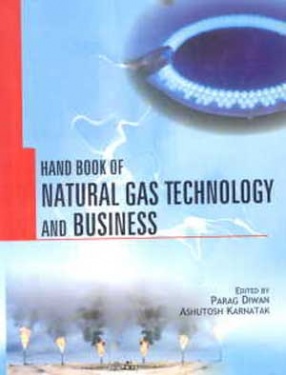




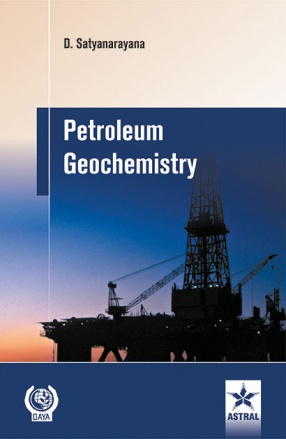
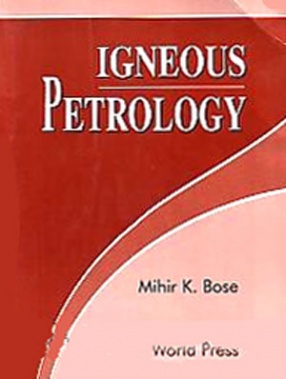
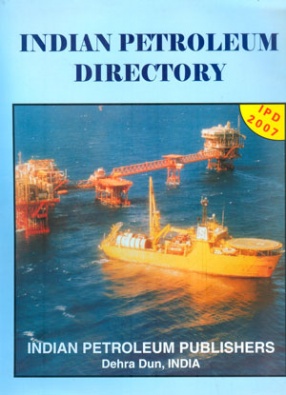
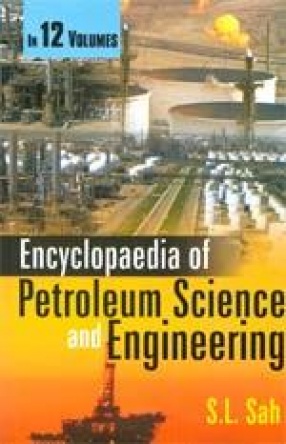

Bibliographic information
Ashutosh Karnatak